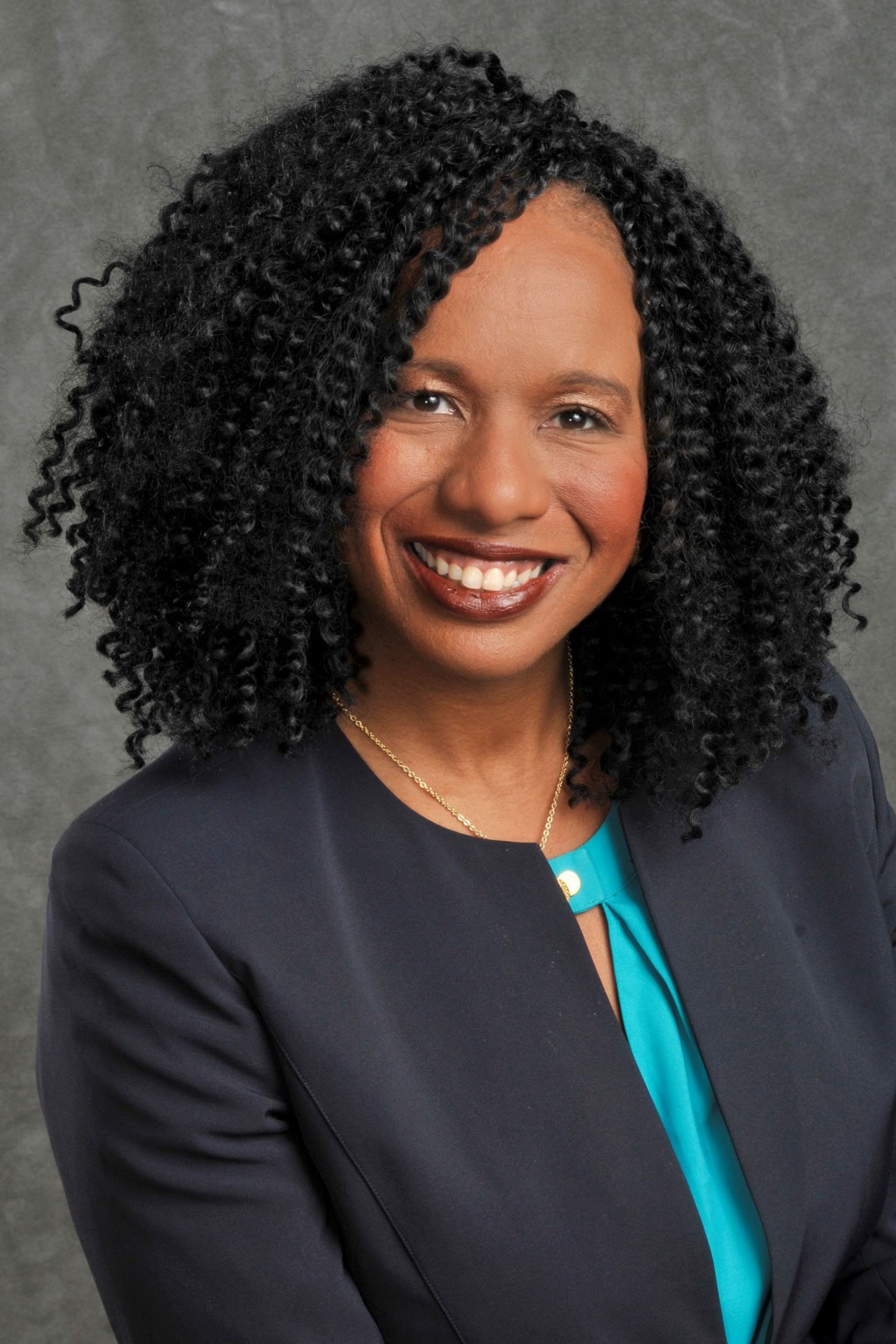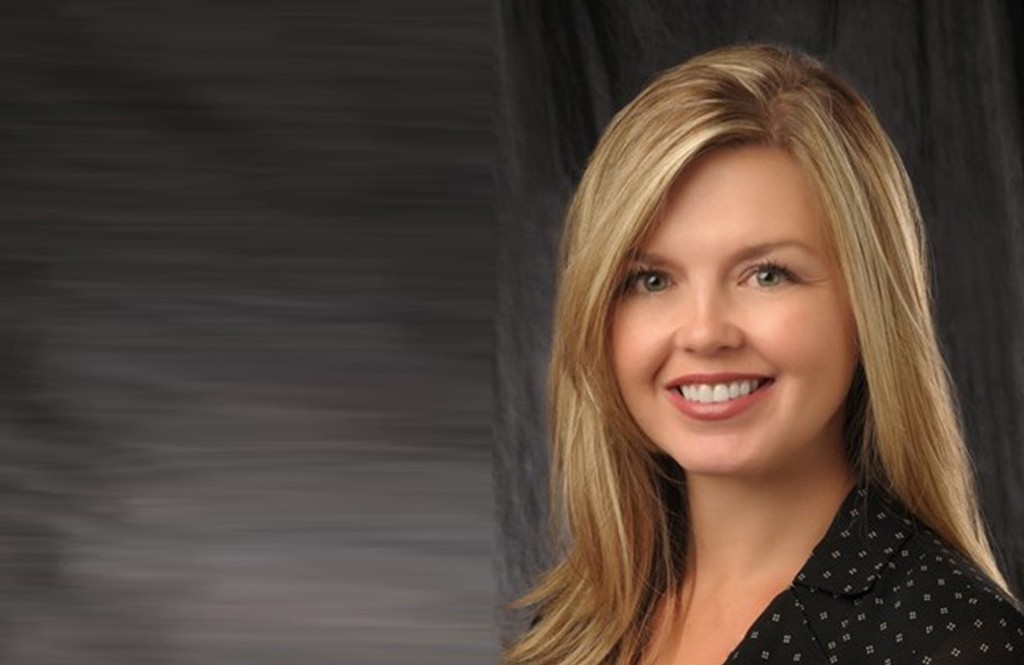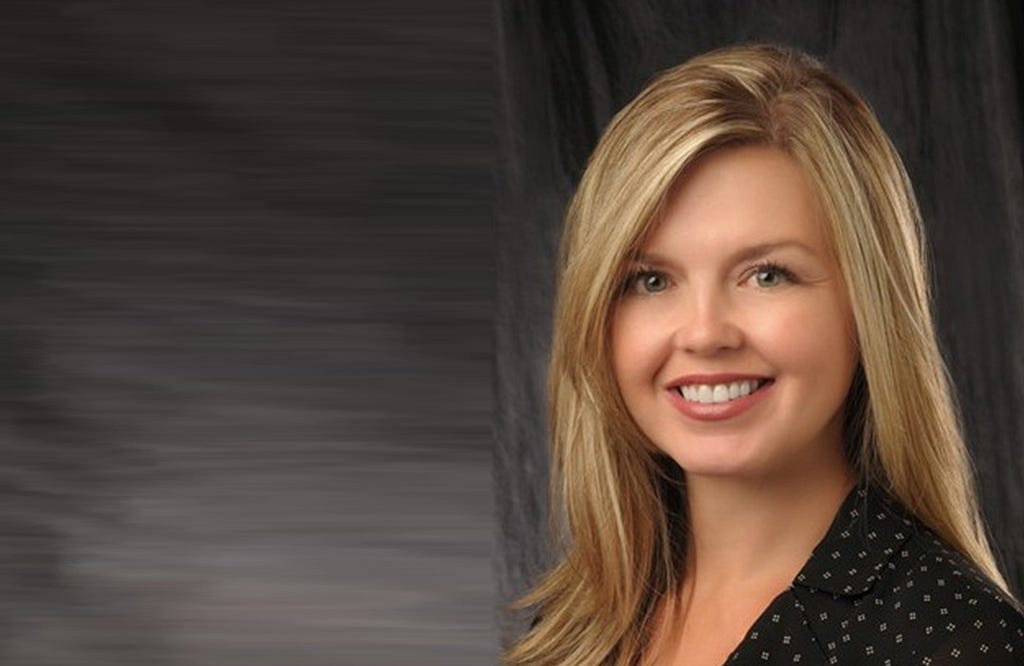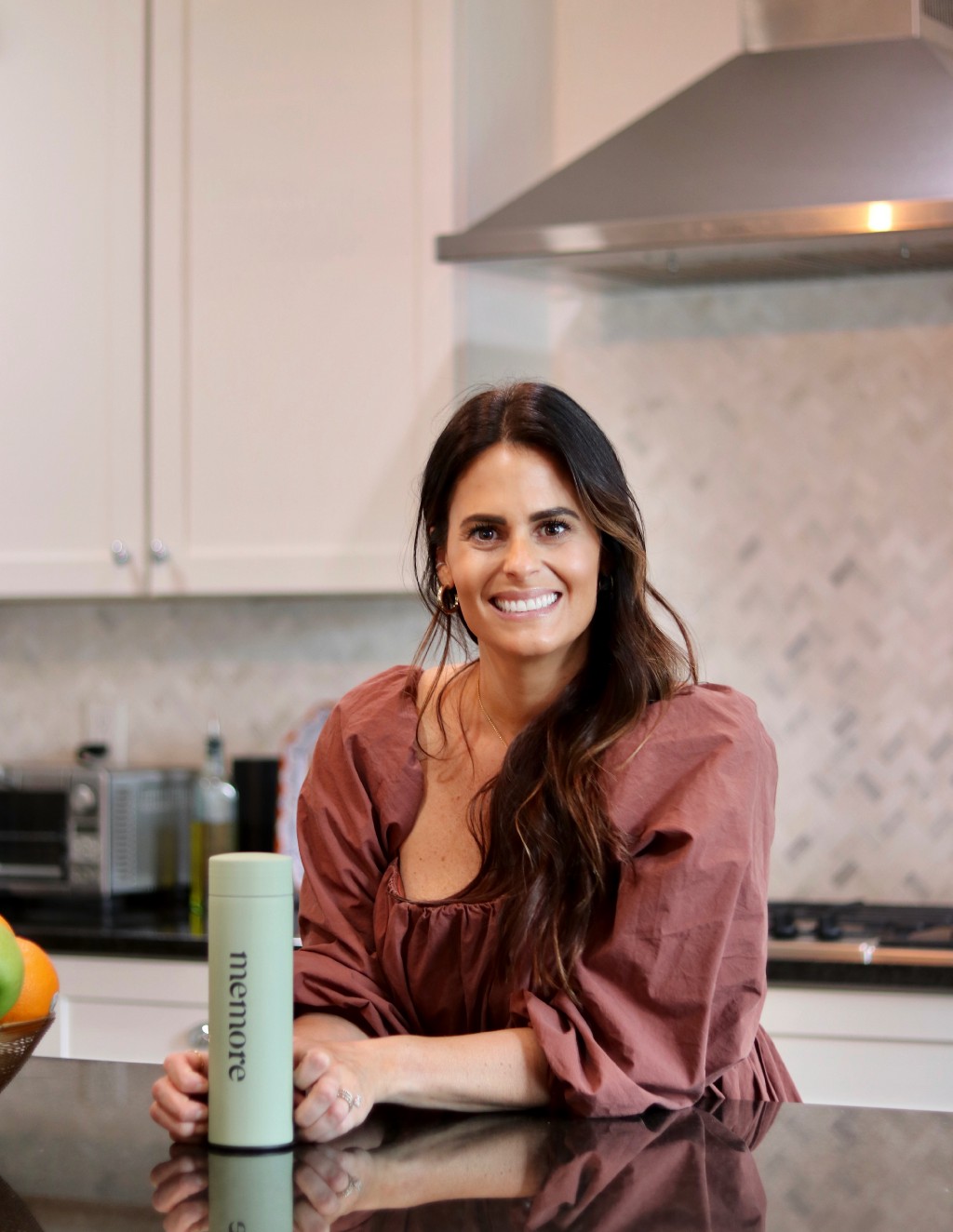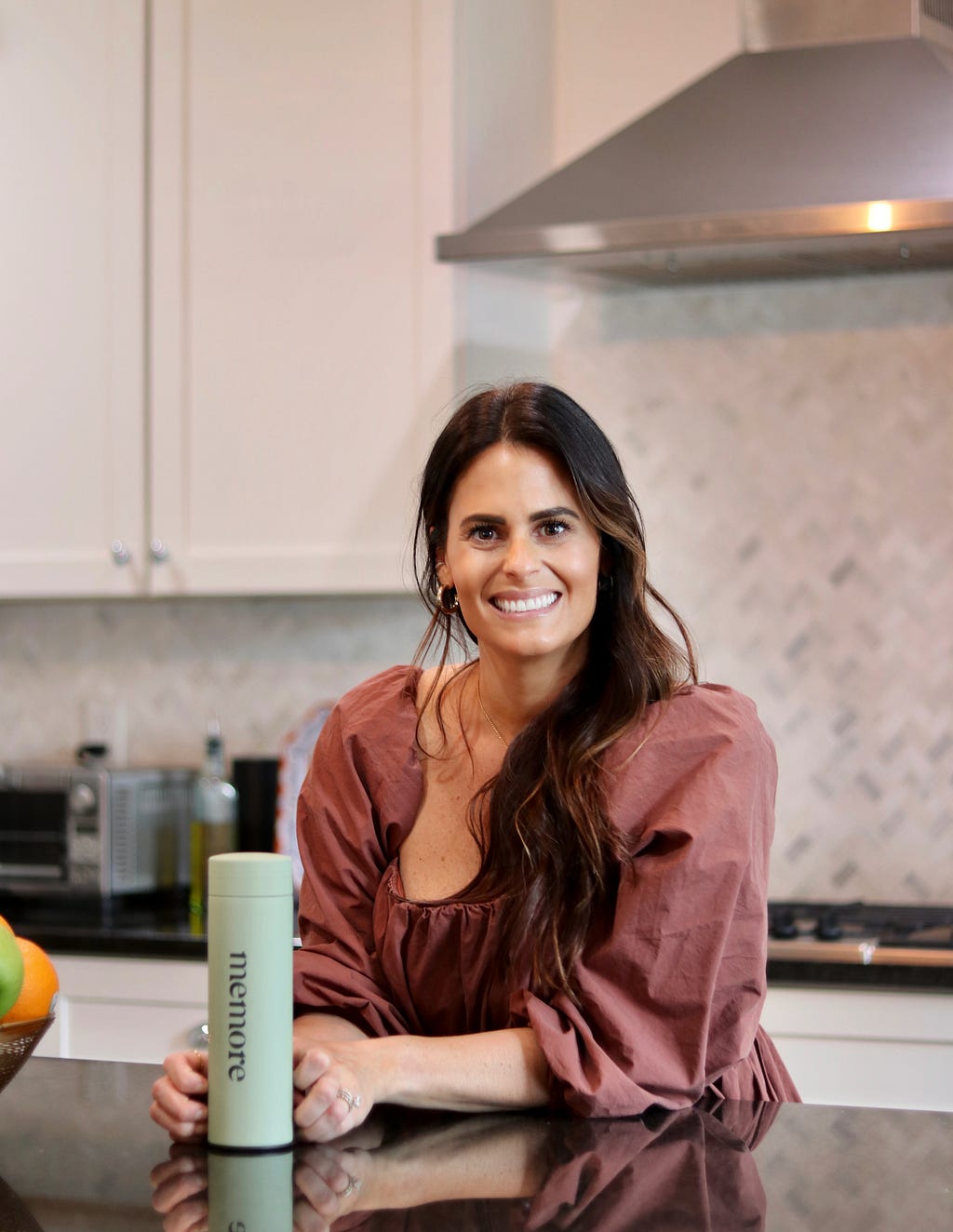
Since women tend to take on more of the family responsibilities a critical part of supporting working women long-term is reliable and affordable child and family care. Two, transparency is an important, and often forgotten element to closing pay gaps. Information really is power and giving employees more information about the pay of their colleagues and for similar roles in their industries can help women gain negotiating power and narrow pay gaps over time. Finally, hiring more women at senior leadership positions. We see a steep drop off in women’s representation at senior levels of an organization. Having greater female representation in leadership is key to addressing pay and role disparities throughout the organization.
As part of my series about “the five things we need to do to close the gender wage gap” I had the pleasure of interviewing Nela Richardson, Chief Economist, ADP
Nela Richardson joined ADP as Chief Economist in November of 2020. Nela is the co-head of the ADP Research Institute and leads economic research for ADP. Previously, she was Principal and Investment Strategist at Edward Jones, a financial services firm. In that role, Nela analyzed and interpreted economic trends and financial market conditions and recommended investment strategies. Nela is also the former chief economist at Redfin Corp., a national real estate brokerage and technology company, where she led a team of data scientists, economists and writers to track trends in the housing market. Nela also served as a senior economist for Bloomberg, L.P., covering housing and financial markets, and has held research positions at the Commodity Futures Trading Commission (CFTC), Harvard University’s Joint Center for Housing Studies and Freddie Mac.
Thank you so much for joining us! Can you tell us the “backstory” that brought you to this career path?
My origin story as an economist started my freshman year of university with my first economics class, Econ 101. I was immediately struck by how econ provided tools to make sense of both the wider world and individual decision making. Eventually, I received my PhD in econ, specializing in international finance and intending to teach at a liberal arts college, with the goal of “showing students why they should care about poor countries”.
However, life had other plans and as a new mother I made the decision to stay in DC, where my husband was based and enter the corporate world. I joined Freddie Mac as a housing economist just as the housing market was taking off in 2005, and I had a bird eye view of the housing collapse that was to follow. At Harvard University’s Joint Center for Housing Studies, I researched the corporate and banking behaviors that led to the Great Recession and worked as a government economist at the Commodity Future Trading Commission right when the organization had just been handed regulatory authority of the multi-trillion dollar derivatives industry, which has been seen as a trigger of the Great Recession at the time. This experience, bookending the financial crisis, shaped how I viewed the economy, the tradeoff between policy and the economy, and how individual decision making at the corporate and household level can affect the global economy.
It also gave me an appreciation for the power of data. I firmly believe that the data and transparency can help people make better and more efficient decisions. That belief had guided me in my career ever since.
Can you share the most interesting story that happened to you since you began this career?
Early on when I had first joined Redfin as Chief Economist, I was interviewed for an article about economists joining tech firms that was subsequently titled “Chief Economists as the New Marketers”. Though I enjoyed the article immensely, at the time I remember thinking that economists’ roles in reaching the public is not new at all. I think economists in the corporate sector play a key role in providing data-driven insights to the public. I think this helps in all kinds of ways, including creating better economic policy and helping businesses and consumers understand economic tradeoffs. What I like most about my job is breaking down complicated issues in a way that is digestible, easy to understand and actionable for people. If marketing is connecting people with a product — I love that I get to connect people with data and insights that can help them better understand the economy.
Can you share a story about the funniest or most interesting mistake you made when you were first starting? Can you tell us what lesson you learned from that?
I remember my first interview for an economist position. The interview was going well, until the hiring manager asked me “What do you like to do for fun?” He said that the job required working with nontechnical colleagues and he wanted to see if I could relate to a wide range of people with diverse interests.
At the time, I had just given birth to a newborn, he was about 5 weeks and I was exhausted between midnight feedings and working on my dissertation. My mind went completely blank and all I could think of to say was “I like to eat and watch tv”. Realizing how boring that sounded, I added “Sometimes I combine the two and watch the Food Network”. The interview ended almost immediately. I had been prepared to go in deep detail about every aspect of my dissertation but, as a young economists and mother, I didn’t know how, or if, to talk about the parts of my life that were most important to me. I learned that it is important to choose and employer and career that can be supportive of your life outside of work.
Ok let’s jump to the main focus of our interview. Even in 2020, women still earn about 81 cents for every dollar a man makes. Can you explain three of the main factors that are causing the wage gap?
First, a larger share of women begin their career at a lower wage compared to men. That initial gap in pay can track women through their entire careers and is hard to overcome. Secondly, incentive pay tends to be lower for women than men. Thirdly, women are overconcentrated in lower pay industries and low pay roles within industries. These trends didn’t create themselves and are rooted in practices that tend to devalue women’s work and performance as compared to men.
Can you share with our readers what your work is doing to help close the gender wage gap?
The mission of the ADP Research Institute is to generate data-driven discoveries about the world of work with the goal of making the world of work better and more productive. We use research to illuminate and track gaps in pay, promotion, and leadership as well as provide insights on the labor market as a whole. ADP’s DataCloud recently rolled out new tools that use data to help businesses in near real time analyze diversity and equity to better allocate staff resources. This a great example for how data and analytics help support better outcomes.
Can you recommend 5 things that need to be done on a broader societal level to close the gender wage gap. Please share a story or example for each.
Women’s labor force participation peaked in 1999 in the US. The pandemic exacerbated this trend of women leaving the workforce. In fact, last September when many schools and daycares were closed across the US, women left the labor force at 4 times the rate of men. The ADP Research Institute surveyed women in 17 countries in October — December of last year. We found that the strain women were feeling because of the pandemic was nearly universal.
Two thirds (67%) of the global workforce say they have been forced to make a compromise between their work and their personal life because of the impact of the pandemic, especially for women and parents. Women are also less likely than men to receive a bonus or pay raise for taking on additional work or changing roles, with the greatest gap in North America, where 62% of men received a bonus or pay raise for changes to their roles, compared to only 50% of women. In terms of the future of work for women post-Covid-19, about half believed employers accommodating the needs of working parents will cease within a year, something likely to weigh heavily in future decisions.
Since women tend to take on more of the family responsibilities a critical part of supporting working women long-term is reliable and affordable child and family care. Two, transparency is an important, and often forgotten element to closing pay gaps. Information really is power and giving employees more information about the pay of their colleagues and for similar roles in their industries can help women gain negotiating power and narrow pay gaps over time. Finally, hiring more women at senior leadership positions. We see a steep drop off in women’s representation at senior levels of an organization. Having greater female representation in leadership is key to addressing pay and role disparities throughout the organization.
You are a person of great influence. If you could inspire a movement that would bring the most amount of good to the most amount of people, what would that be? You never know what your idea can trigger. 🙂
I would encourage more corporate apprenticeships targeted at underrepresented workers and communities. One of the key issues in the labor market is the skill mismatch between what employers demand and what employees are able to provide. I think creating apprenticeship programs that hire and train workers in the skills needed for the future can help bridge the skill gap, increase productivity for businesses and lead to a more diverse and inclusive workforce.
Can you please give us your favorite “Life Lesson Quote”? Can you share how that was relevant to you in your life?
My favorite “quote” was said to me by oldest son when he was nine. During a very busy morning when I was rushing to get him and his little brother off to school and me to work, he said “Mom, you need to be like water, and let it flow”. I think of those words often when I’m trying to force something to happen or try to control and outcome. Life is unpredictable, that’s what makes it so magnificent. Instead of trying to predict and control everything, I try to make the most of the here and now and “let it flow”.
We are very blessed that some of the biggest names in Business, VC funding, Sports, and Entertainment read this column. Is there a person in the world, or in the US whom you would love to have a private breakfast or lunch with, and why? He or she might see this, especially if we tag them.
Rosalind Brewer, COO of Walgreens, Gwynne Shotwell, COO Space X, Judith McKenna, CEO Walmart International, Mary Barra, GM CEO, Melinda Gates, Founder Gates Foundation, Roshni Nadar Malhotra, CEO of HCL Technologies and honestly, there are many others. I would love to host a roundtable luncheon or breakfast of female leaders in business on the leading edge of innovation in their various industries to discuss how to provide more opportunities for women and girls and create a more inclusive and equitable global economy.
Nela Richardson of ADP: 5 Things We Need To Do To Close The Gender Wage Gap was originally published in Authority Magazine on Medium, where people are continuing the conversation by highlighting and responding to this story.


